Tipolo Tree
- September 26, 2024
- 2 comment
The Tipolo tree, scientifically known as Artocarpus blancoi, is a notable member of the Moraceae family and is native to tropical regions of Southeast Asia. Often referred to as the “Polang” or “Giant Breadfruit,” the Tipolo tree can reach impressive heights, sometimes exceeding 30 meters. Characterized by its large, glossy leaves and thick, textured bark, this tree plays a vital role in its ecosystem, providing shade and habitat for various wildlife. The Tipolo is particularly admired for its edible fruits, which are consumed both raw and cooked. These fruits, which can vary in size and shape, are known for their sweet, succulent flesh, making them a popular choice among local communities.
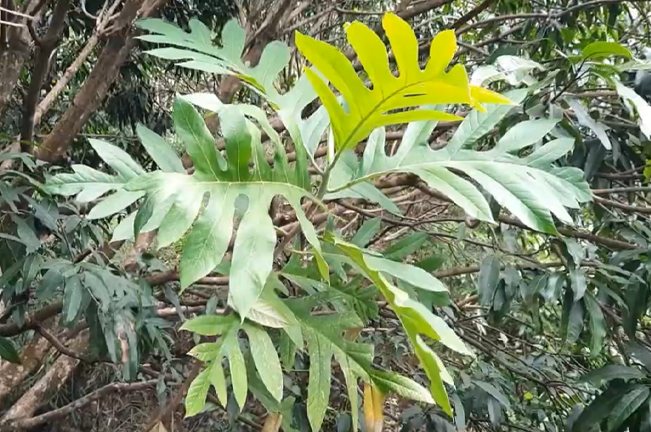
Furthermore, the tree is valued not just for its fruits but also for its durable wood, which is used in construction and furniture making. Beyond its economic significance, the Tipolo tree holds cultural importance in many regions, often being featured in local folklore and traditional practices. Its resilience and adaptability to different soil types and climates make it an essential species for sustainable forestry and agroforestry systems.
| Specification | Details |
| Scientific Name | Artocarpus blancoi |
| Common Names | Tipolo, Polang, Giant Breadfruit |
| Family | Moraceae |
| Native Range | Southeast Asia (Philippines, Indonesia) |
| Height | Up to 30 meters (approximately 98 feet) |
| Trunk Diameter | Up to 1 meter (approximately 3.3 feet) |
| Leaves | Large, glossy, lobed, dark green |
| Fruit | Edible, varies in size and shape, sweet |
| Fruit Size | Typically 10-20 cm in diameter |
| Wood Characteristics | Dense, durable, used in construction and furniture |
| Growth Rate | Fast-growing |
| Soil Preference | Adaptable to various soil types, prefers well-drained soil |
| Light Requirements | Full sun to partial shade |
| Water Requirements | Moderate; drought-tolerant once established |
| Cultural Importance | Featured in local folklore and traditions |
| Ecological Role | Provides habitat and shade for wildlife |
Ecological and Environmental Role
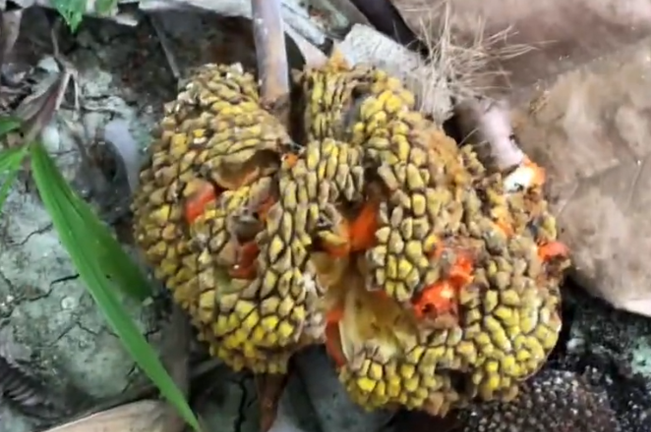
The Tipolo tree (Artocarpus blancoi) plays a vital role in the ecosystems where it thrives, particularly in tropical regions of Southeast Asia. One of its most significant contributions is its provision of habitat for a diverse range of wildlife. The dense foliage of the Tipolo offers shelter for various bird species, insects, and small mammals, making it an essential component of forest biodiversity. Furthermore, by serving as a food source, its fruits attract many animals, thereby aiding in seed dispersal and contributing to the regeneration of surrounding vegetation.
In addition to supporting wildlife, the Tipolo tree is crucial for maintaining biodiversity within its ecosystem. Its large leaves provide shade, helping to create a microclimate that supports understorey plants and various microorganisms. This shading effect, combined with its broad canopy, fosters a rich variety of flora, enhancing overall ecosystem health.
The Tipolo tree also contributes to soil health and erosion control. Its extensive root system stabilizes the soil, preventing erosion during heavy rains, which is particularly important in hilly terrains. Moreover, the tree improves soil fertility by adding organic matter through leaf litter, promoting a thriving soil ecosystem.
Cultural and Economic Importance

The Tipolo tree holds deep cultural significance in many local communities. Traditionally, it has been revered for its myriad uses and often features in local folklore and mythology. Stories and legends surrounding the tree often highlight its resilience and the sustenance it provides to both people and wildlife, embedding it in the cultural identity of the regions where it grows.
Economically, the Tipolo tree is an invaluable resource. Its fruits are not only enjoyed raw but are also cooked in various dishes, contributing to local diets. The wood of the Tipolo is known for its durability and is frequently used in construction and furniture making, making it a significant player in local economies. Additionally, traditional medicinal practices utilize various parts of the tree, further underscoring its importance to community health and wellbeing.
Growth Requirements

To thrive, the Tipolo tree requires specific growth conditions. Soil conditions are crucial; it prefers well-drained, fertile soils that retain moisture but do not become waterlogged. The tree flourishes in loamy or sandy soils enriched with organic matter.
Light needs for the Tipolo tree vary, as it can adapt to both full sun and partial shade. This adaptability allows it to thrive in diverse forest environments, although full sunlight often promotes better growth and fruit production.
Regarding water requirements, the Tipolo tree exhibits drought tolerance once established but prefers a consistent moisture supply, particularly during its early growth stages. It thrives best in regions with moderate rainfall, ideally between 1,000 to 2,500 mm annually.
The Tipolo tree is suited for tropical climates, flourishing in temperatures ranging from 20°C to 35°C (68°F to 95°F). High humidity levels enhance its growth, making tropical rainforest environments ideal.
Propagation and Cultivation

Propagation of the Tipolo tree can be achieved through several methods, including seed, cutting, or grafting. Seeds should be collected from ripe fruits and planted promptly to ensure germination, as they have a short viability period. Cuttings can be taken from healthy, mature branches, while grafting techniques allow for the propagation of specific cultivars with desired traits.
Best practices for planting include selecting a site with ample sunlight and well-drained soil. Regular watering is essential during the initial growth phase to establish a strong root system.
Common issues that may affect the Tipolo tree include pests such as leaf-eating caterpillars and fungal infections. Managing these threats involves maintaining tree health through proper watering, pruning, and, when necessary, organic pest control methods.
Uses of the Tipolo Tree
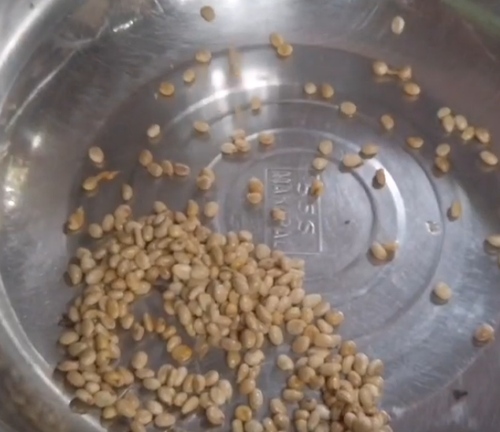

The Tipolo tree is renowned for its edible uses, particularly its fruits, which can be consumed raw or cooked in various traditional dishes. The sweet, fleshy fruits are enjoyed by both humans and wildlife, making them a key food source in their habitats.
In terms of timber uses, the wood is strong and durable, making it suitable for construction, furniture, and other wood products. Its appealing grain also adds aesthetic value to furniture pieces, making it popular among artisans.
Beyond these uses, the Tipolo tree is valued for its medicinal applications. Various parts of the tree, including the bark and leaves, are used in traditional remedies for ailments ranging from fevers to digestive issues, highlighting the tree’s significance in local healthcare practices.
Conservation and Sustainability
Currently, the Tipolo tree is not considered endangered, but its sustainability is crucial in the face of deforestation and habitat loss. Sustainable practices in harvesting and utilizing the tree are essential to ensure its long-term survival. This includes regulated logging practices and reforestation efforts to replenish tree populations.
Ongoing conservation projects focus on educating local communities about the importance of the Tipolo tree and promoting sustainable land-use practices. Collaborative efforts between governments, NGOs, and local communities aim to protect the Tipolo tree and its habitat, ensuring that its ecological and economic benefits continue for generations to come.
Different Species
Artocarpus heterophyllus (Jackfruit)
A closely related species, the jackfruit tree produces large, sweet fruits that are popular in tropical regions and are often used in various culinary dishes.
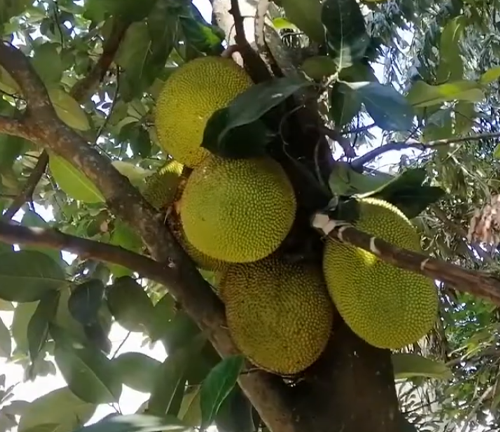
Artocarpus altilis (Breadfruit)
Known for its starchy fruit, the breadfruit tree is a major food source in many tropical areas and is often cooked or made into flour.
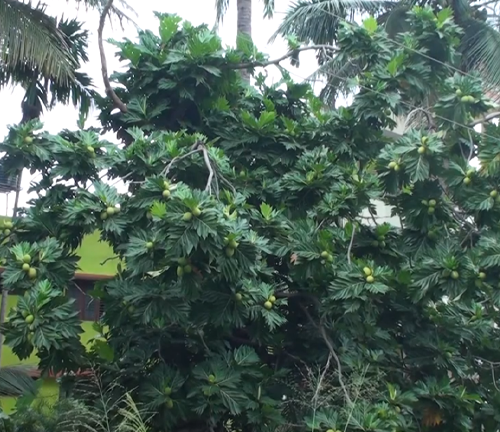
Artocarpus integer (Chempedak)
This species produces sweet, edible fruits similar to jackfruit and is commonly found in Southeast Asia.
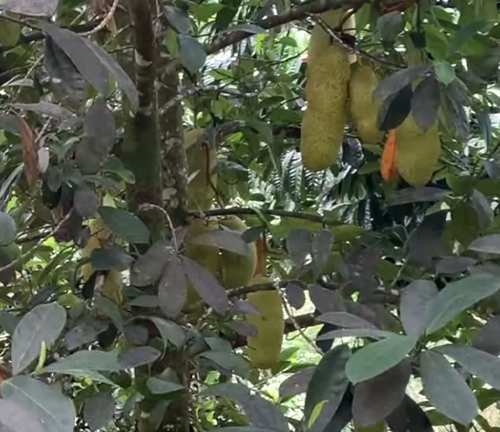
Artocarpus sericicarpus (Silkfruit)
This species produces a fibrous fruit and is used locally in various culinary traditions.
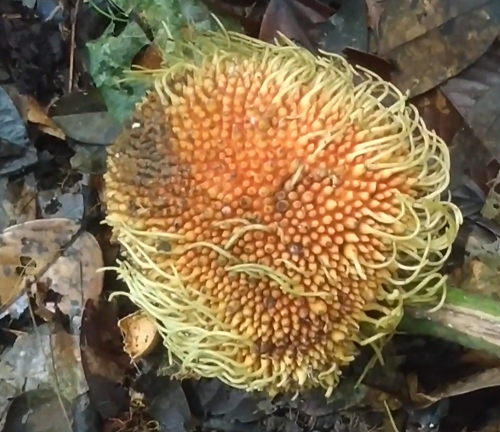
Frequently Asked Questions (FAQs)
- What is the Tipolo tree?
The Tipolo tree, also known as Artocarpus blancoi, is a large tropical tree native to Southeast Asia, especially the Philippines and Indonesia. - How tall does the Tipolo tree grow?
It can reach heights of up to 30 meters (about 98 feet), making it quite a tall tree! - What can you do with the Tipolo tree?
People use its fruits for eating, its strong wood for building furniture and houses, and its parts for traditional medicine. - How does the Tipolo tree help wildlife?
The tree provides a home and food for various animals, including birds and insects, helping to keep the local ecosystem balanced. - Why is the Tipolo tree good for the soil?
Its roots help prevent soil erosion, and the leaves that fall create nutrient-rich organic matter, improving soil health. - What does the Tipolo tree need to grow well?
It prefers well-drained, fertile soil, enjoys full sunlight or partial shade, and needs moderate water. It thrives best in warm tropical climates. - How can you grow a Tipolo tree?
You can grow it from seeds, cuttings, or grafting. Just make sure to plant it in a good spot with enough sunlight and water. - Are there any pests that bother the Tipolo tree?
Yes, some pests like caterpillars and certain fungi can affect it, but these can often be managed with proper care. - Is the fruit of the Tipolo tree safe to eat?
Yes, the fruits are edible and can be eaten raw or cooked in various dishes. - Is the Tipolo tree at risk of disappearing?
No, it’s not endangered, but it’s important to use sustainable practices to keep it healthy for the future. - How is the Tipolo tree used in local culture?
It has cultural significance and often features in local stories and traditions, symbolizing nourishment and resilience. - What sustainable practices are being used for the Tipolo tree?
People focus on sustainable harvesting methods and education about the tree’s importance to help protect it. - Why is the Tipolo tree important for biodiversity?
It supports many species of wildlife by providing food and shelter, which helps keep ecosystems diverse and healthy. - What’s the economic value of the Tipolo tree?
It offers economic benefits through its fruits, timber for construction, and its use in traditional medicine, supporting local economies.






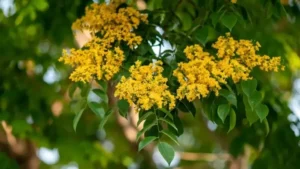
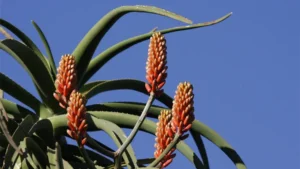

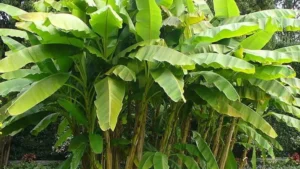




I am from Mission Hills, Antipolo. Annually, we celebrate Arbor day by planting trees in our community. Would you know where I can get Tipolo tree saplings?
Marq Hernandez
December 11, 2024 4:48 pmThat’s a wonderful initiative! You can check with local nurseries, DENR offices, or community forestry programs in Antipolo for Tipolo saplings. They often provide native trees!
Forestry
December 12, 2024 10:04 am